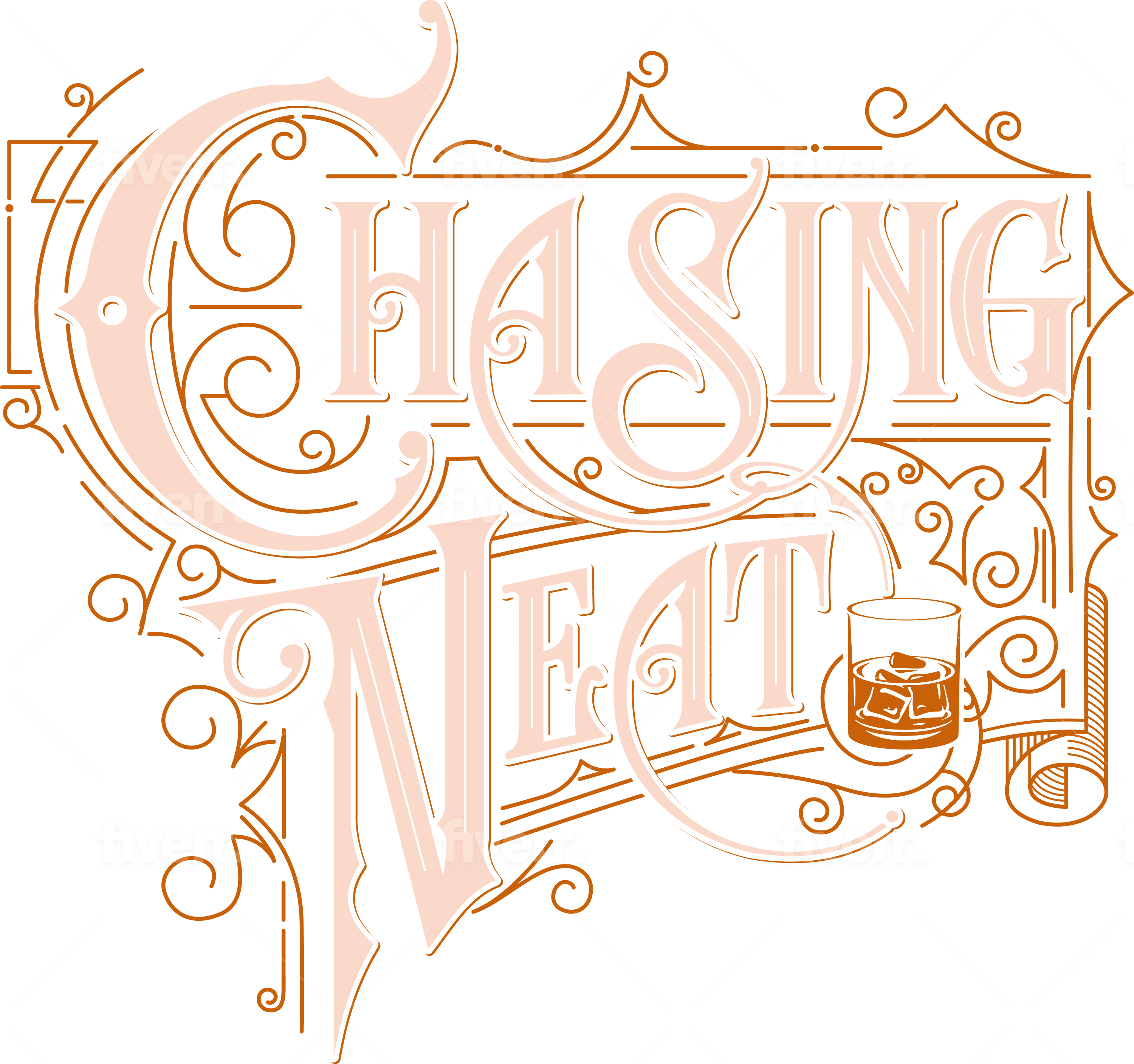The Federal Standards of Identity for Distilled Spirits, codified under 27 CFR §5.22, states bourbon made for U.S. consumption must be:
- Produced in the United States and Territories (Puerto Rico) and the District of Columbia
- Made from a grain mixture that is at least 51% corn
- Aged in new, charred oak containers
- Distilled to no more than 160 (U.S.) proof (80% alcohol by volume)
- Entered into the container for aging at no more than 125 proof (62.5% alcohol by volume)
- Bottled (like other whiskeys) at 80 proof or more (40% alcohol by volume)
- Bourbon has no minimum specified duration for its aging period. Products aged for as little as three months are sold as bourbon. The exception is straight bourbon, which has a minimum aging requirement of two years. In addition, any bourbon aged less than four years must include an age statement on its label.
Bourbon that meets the above requirements, has been aged for a minimum of two years, and does not have added coloring, flavoring, or other spirits may be – but is not required to be – called straight bourbon.
Bourbon that is labeled as straight that has been aged under four years must be labeled with the duration of its aging.
Bourbon that has an age stated on its label must be labeled with the age of the youngest whiskey in the bottle (not counting the age of any added neutral grain spirits in a bourbon that is labeled as blended, as neutral-grain spirits are not considered whiskey under the regulations and are not required to be aged at all).
Bottled-in-Bond bourbon is a sub-category of straight bourbon and must be aged at least four years.
For the Governmental Designations go HERE

